1. Beauty Standards
Beauty standards are constantly shifting, shaped by changing social values, pop culture, and historical events.

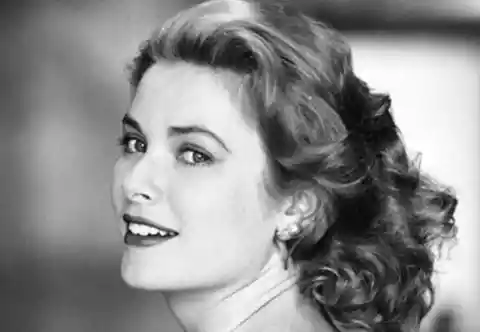
What was once considered the pinnacle of attractiveness can quickly fall out of favor. But what is really the ideal female body? Can humanity come to an agreement, after all this time?
2. The Role of Society
Did you know? The female body ideal is a reflection of society’s values at a given moment. From fertility to fashion, each decade sends a different message about what’s desirable.
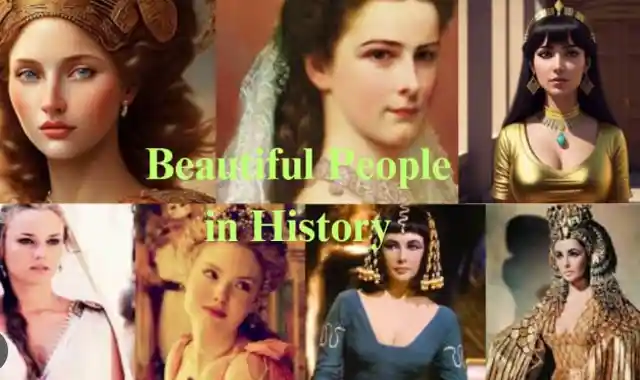

To explore the decades means to notice a pattern. Let's take a look, from the 1900's to today.
3. Early 1900s – The Gibson Girl Era
In the early 20th century, illustrations dominated media, and the Gibson Girl represented the ideal woman: tall, elegant, and refined.

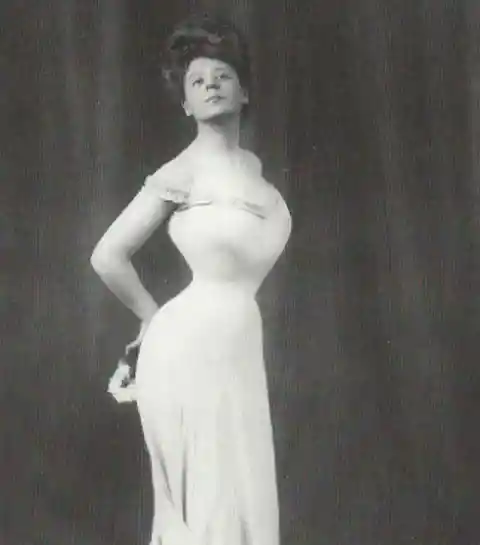
Her look symbolized grace, modesty, and traditional femininity.
4. Camille Clifford – A Living Ideal
Camille Clifford embodied the Gibson Girl with her hourglass figure and tightly corseted waist.
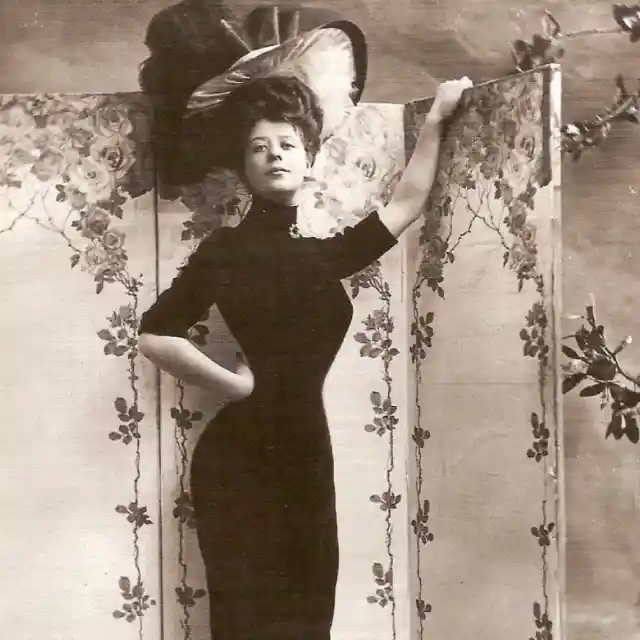
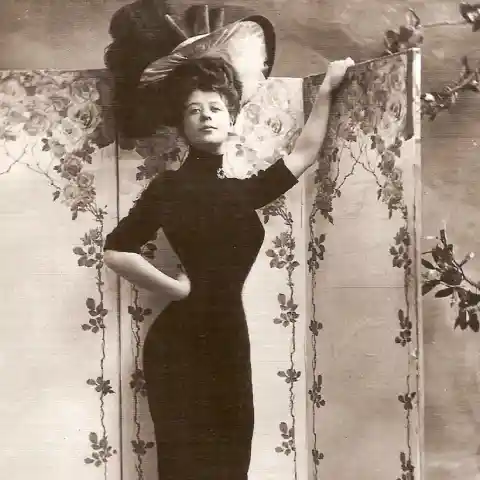
Her 18-inch waist became a symbol of dedication to beauty standards of the time. But not even decades later, her act would be condemned by the following fashion trend.
5. The Rise of the Flapper – 1920s
The 1920s embraced a rebellion against tradition, favoring slim, boyish figures with dropped waists.
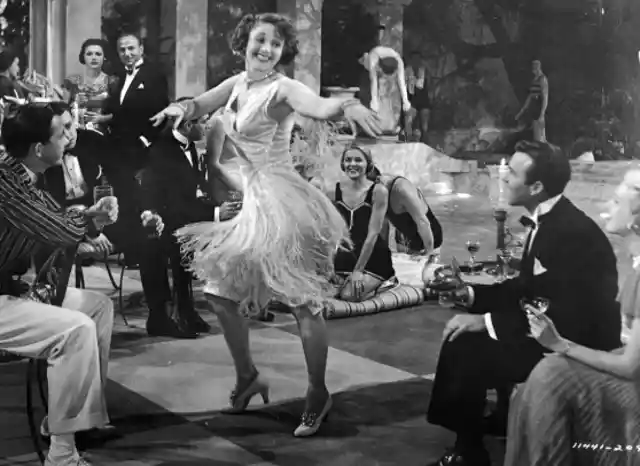

Flappers danced, smoked, and wore shorter dresses, reflecting a push for women's liberation.
6. Political Winds of Change
Coming right after the Gibson Girl, the right to vote, granted in 1920, was a milestone for women’s rights. The changing body ideal mirrored newfound independence and social mobility.
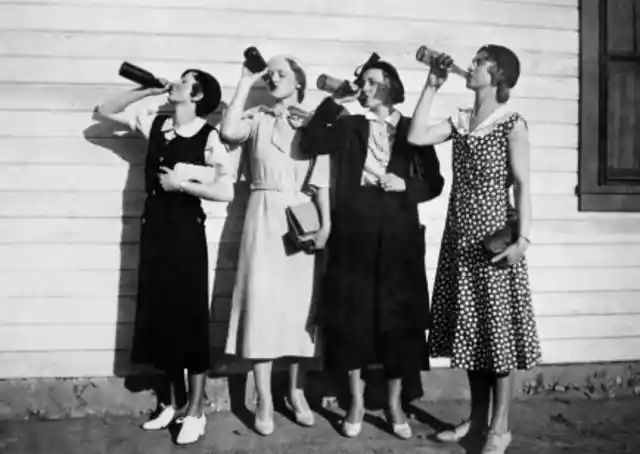
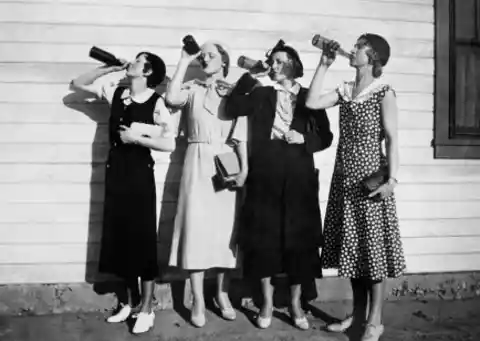
Hence the loss of a silhouette, short hair and partying personas.
7. Margaret Gorman – Miss America 1921
Margaret Gorman's win at the first Miss America contest celebrated a lean, youthful body type. She had a more athletic frame, a sharp contrast to the curves of previous decades.

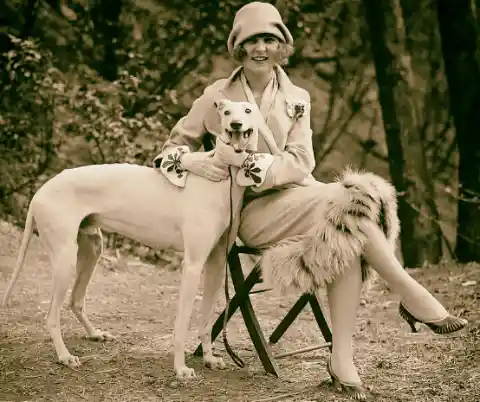
She motivated girls then to follow her example.
8. 1930s – A Softer, Glamorous Look
The economic downturn of the Great Depression led to a return of romantic, feminine fashion.
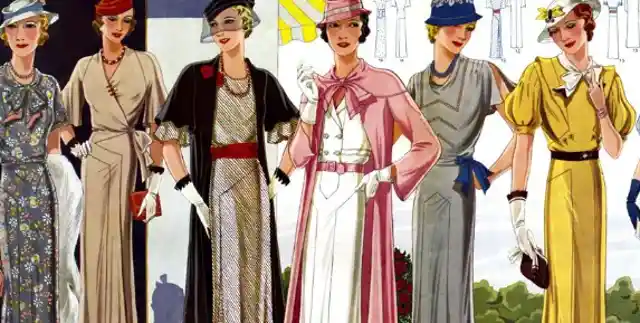

Hollywood themselves promoted a more sensual and soft ideal to escape harsh realities!
9. Dolores del Río – The Silver Screen Muse
Dolores del Río was the epitome of 1930s glamor with her hourglass figure and graceful poise. She influenced global beauty trends with her elegance!
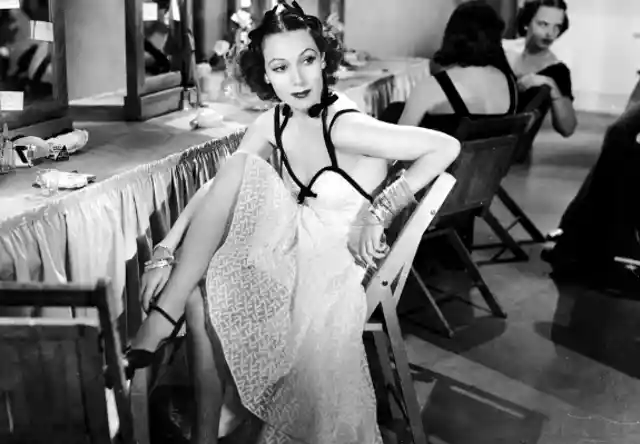
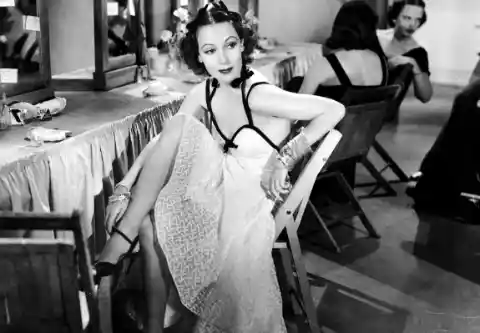
It was her who really stole the spotlight from the 1920's flappers.
10. 1940s – Strong and Structured
World War II changed everything, including fashion and beauty! Strong shoulders and practical silhouettes became popular as women joined the workforce.
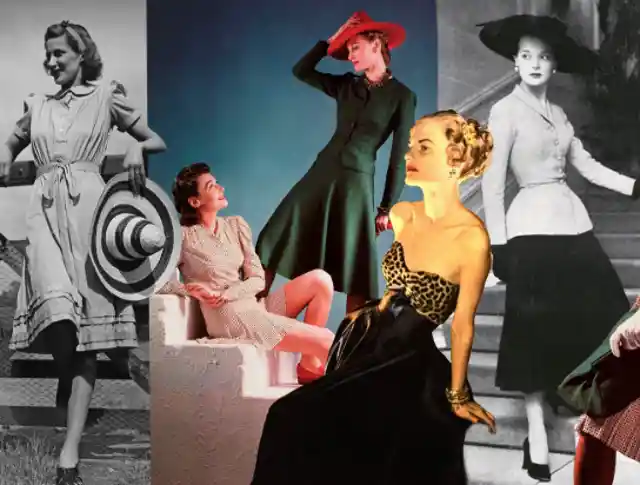
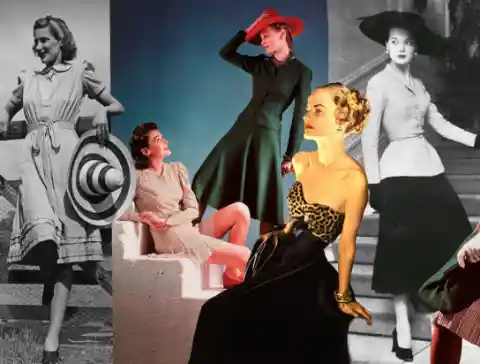
Stepping away from the soft and romantic look of the previous decade, women now needed to be strong and imposing.
11. Military Influence
Uniform-inspired styles and tailored looks reflected the nation’s wartime mood. The ideal woman was capable, independent, and resilient.
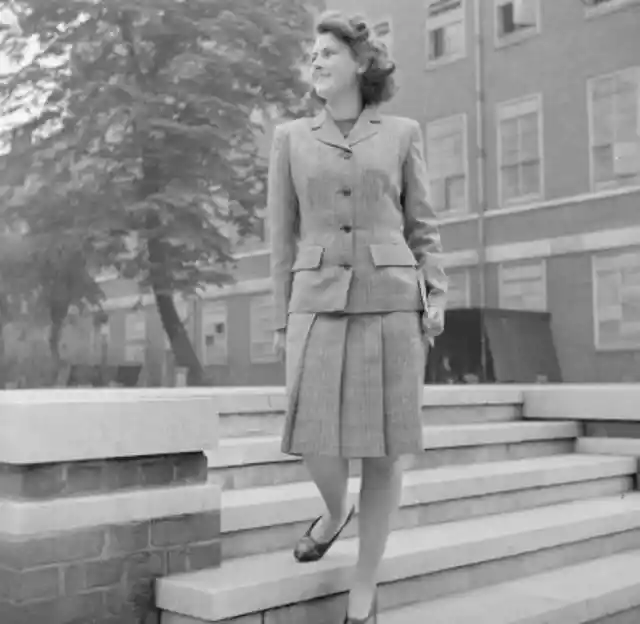
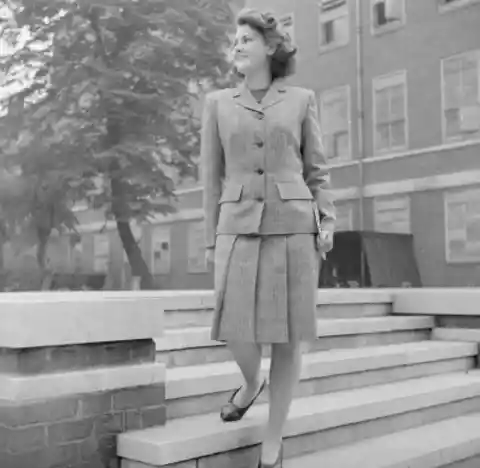
Elizabeth II is a prominent fashion figure of this decade!
12. Betty Grable – The Pin-Up Queen
Betty Grable’s curvy figure and all-American smile made her a favorite among troops.
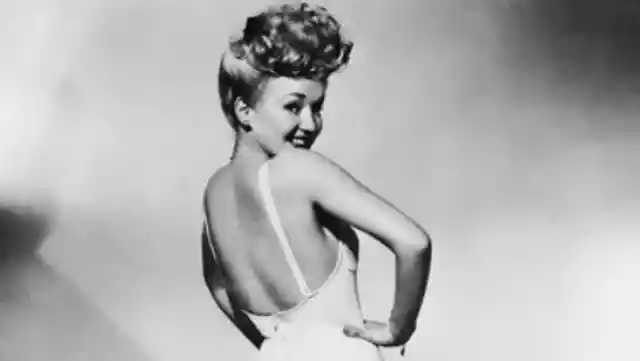
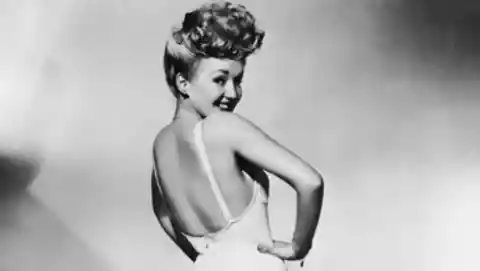
Her iconic pin-up image symbolized both strength and insane appeal.
13. 1950s – Return to the Hourglass
Post-war prosperity sparked a revival of ultra-feminine looks, with emphasis on small waists and full hips.
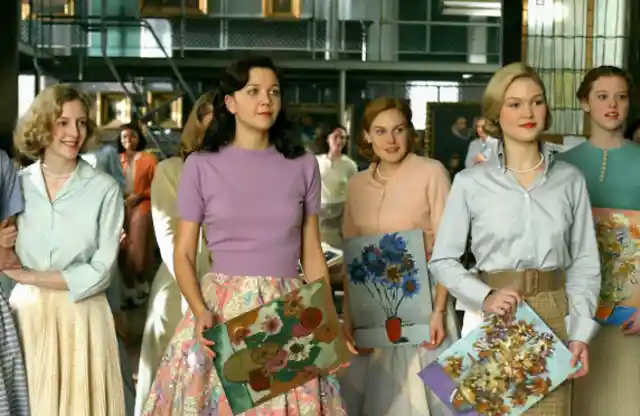
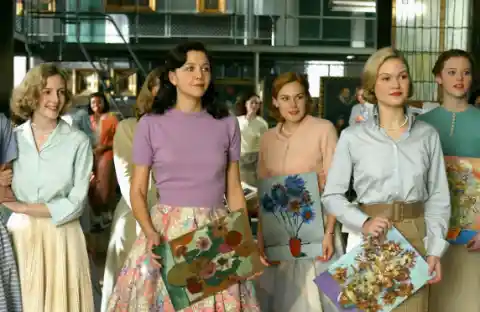
Finally, the hourglass figure became the gold standard once again.
14. The “Domestic Goddess” Look
TV and advertising promoted the ideal housewife: beautiful, curvy, and put-together. Fashion encouraged structured dresses, girdles, and red lips.
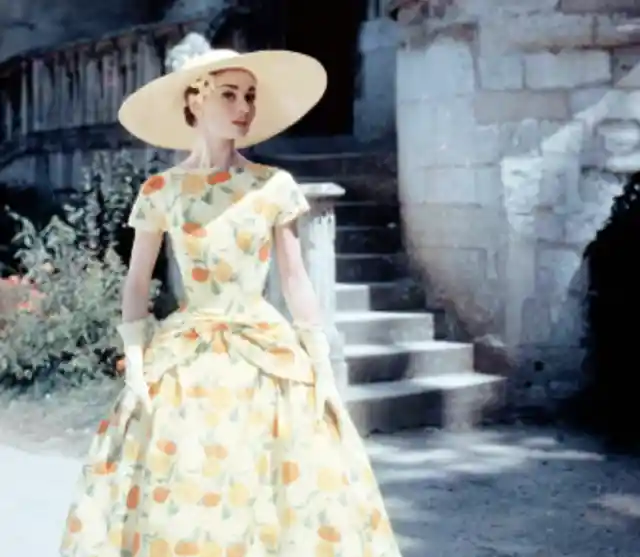
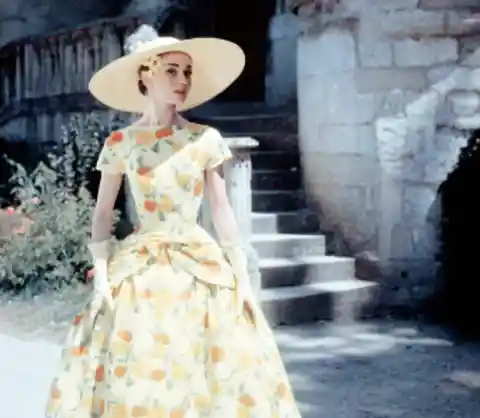
The following icon is one of the most well-known people of all time!
15. Marilyn Monroe – Curves and Confidence
Marilyn Monroe personified the 1950s ideal with her voluptuous shape and magnetic charm.

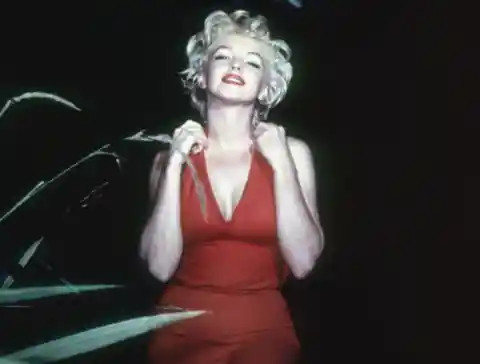
Her style and body type became aspirational for millions of women!
16. 1960s – Slim and Youthful
In contrast to the 1950s, the 1960s favored a slender, androgynous figure. Youth culture and the Mod movement pushed aside traditional curves.
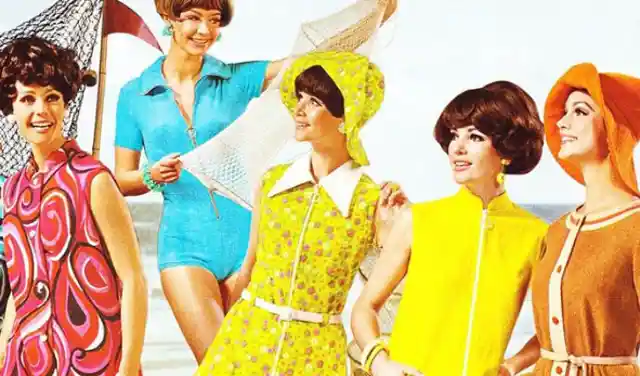
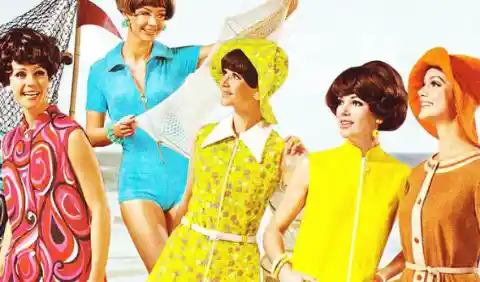
It was arguably the greatest comeback since the flappers.
17. Twiggy – The Face of the ’60s
British model Twiggy, with her thin frame and nude lip, became an international sensation.
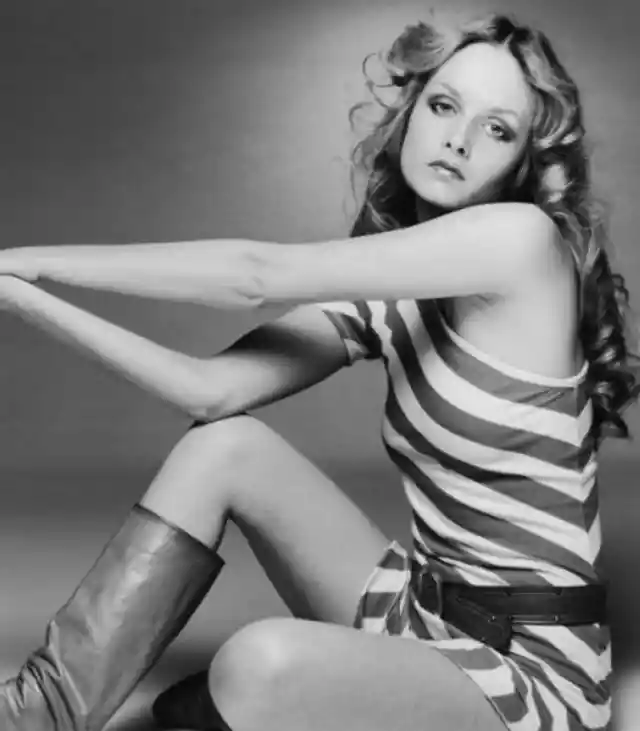
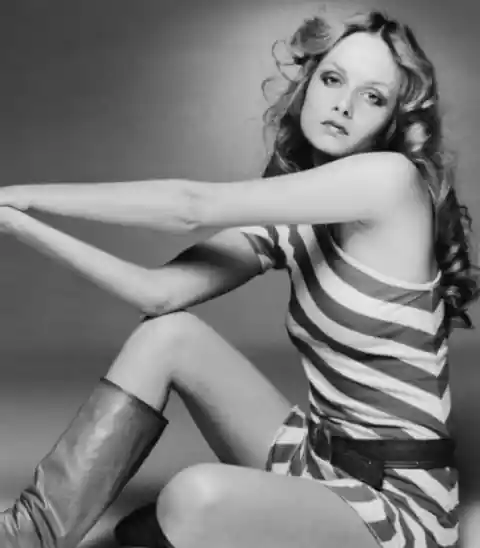
She redefined beauty as quirky, cute, and fashion-forward.
18. 1970s – Natural and Lean
The '70s embraced a more natural approach to beauty. Fitness and freedom were key themes, influencing a slimmer yet more athletic body type.
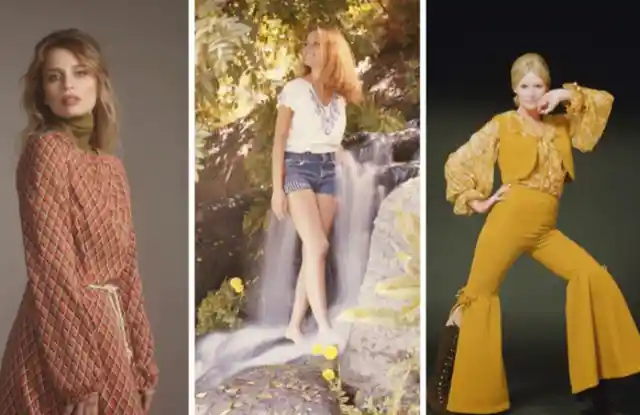
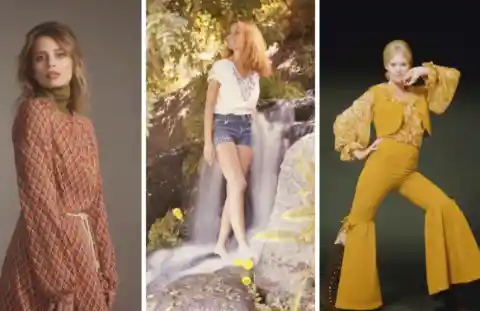
Health meant more than looks, which redefined beauty as known through the previous decades.
19. The Rise of the Supermodel
Icons like Lauren Hutton and Beverly Johnson embodied effortless beauty with confidence and more importantly, individuality.
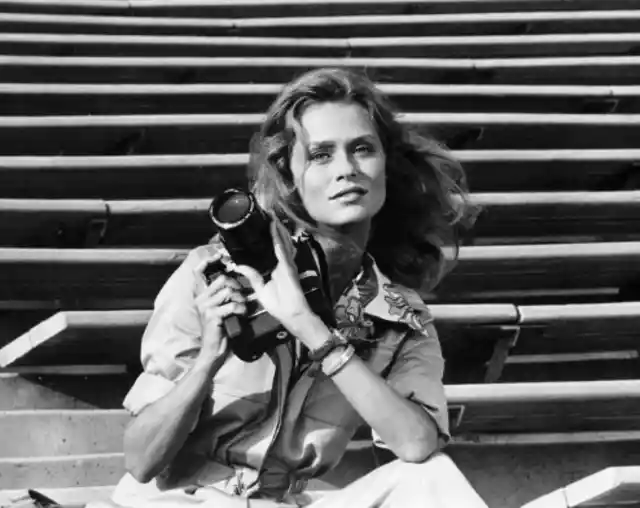
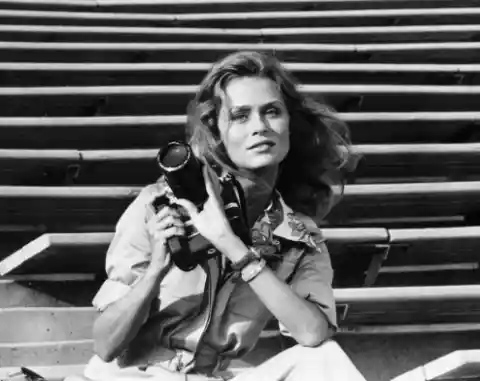
Diversity began to enter the mainstream fashion world!
20. 1980s – Strong is Sexy
Bold colors, big hair, and even bigger muscles defined the '80s.
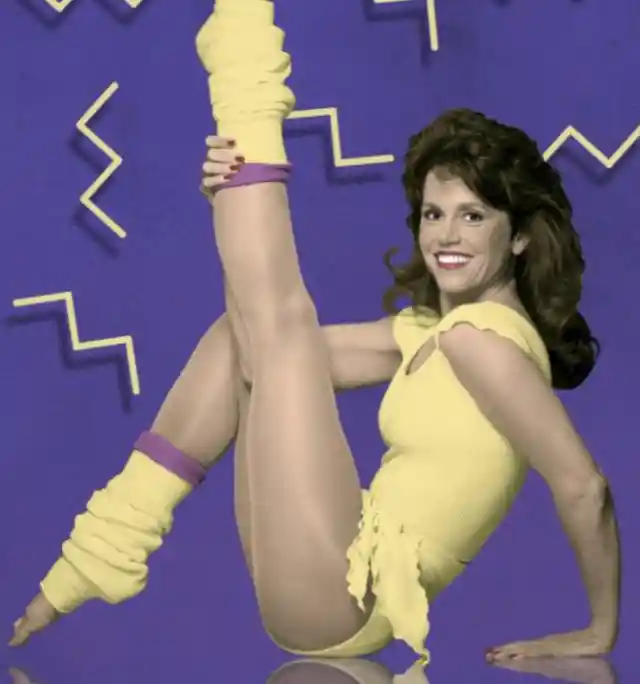
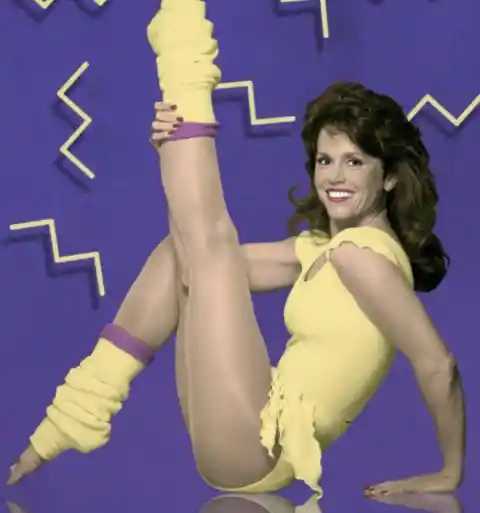
Women embraced physical strength, inspired by aerobics, bodybuilding, and Madonna-style empowerment.
21. Jane Fonda – The Workout Queen
Jane Fonda revolutionized fitness with her workout tapes, making toned bodies aspirational.
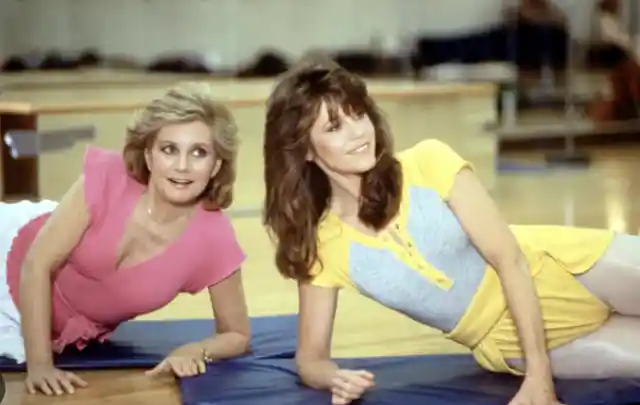
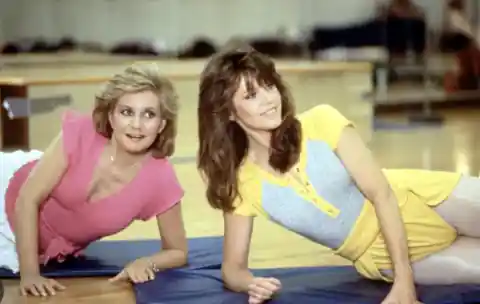
Women wanted to be lean, muscular, and active.
22. 1990s – The Heroin Chic Trend
The '90s took a stark turn with the rise of "heroin chic" — a pale, fragile look that sparked major controversy.
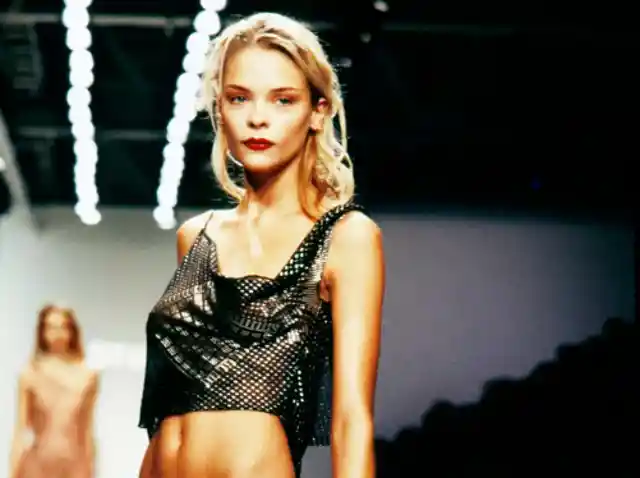
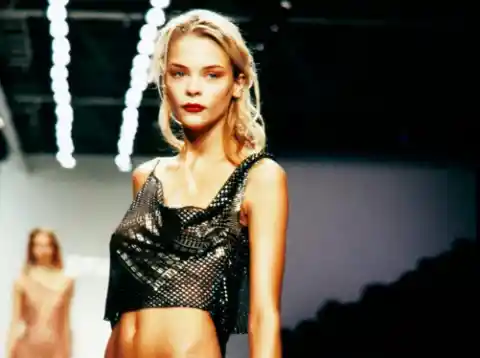
Thinness reached a dangerous extreme in fashion.
23. Kate Moss – Controversy and Cool
Kate Moss’s waif-like figure became iconic, embodying a raw, minimalist aesthetic.
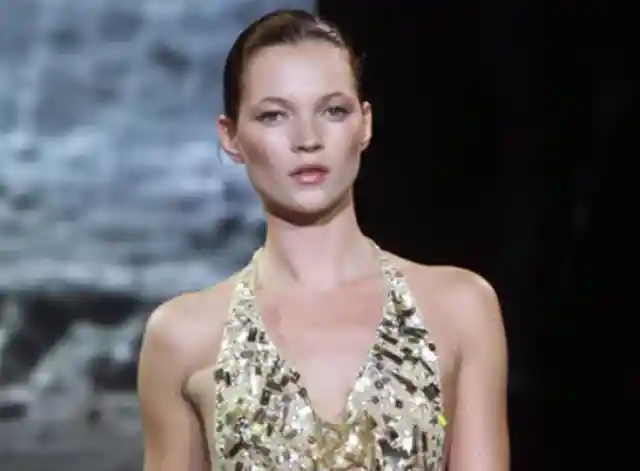
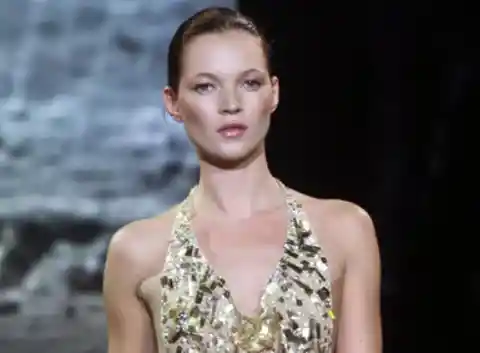
Her image was powerful, but then again, raised concerns about unhealthy standards.
24. Early 2000s – Toned and Tanned
Pop princesses and reality TV stars ruled the scene, promoting flat stomachs and bronzed skin. Fashion became flashy, fun, and revealing.
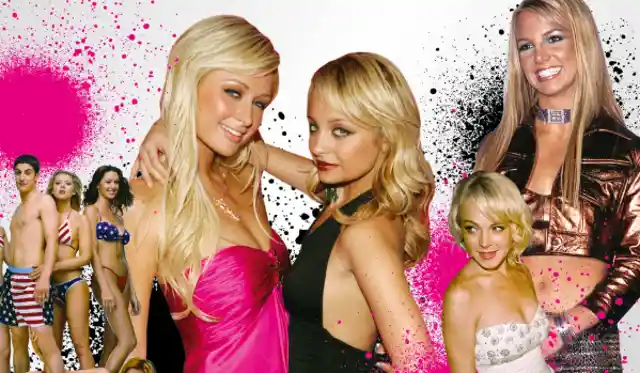
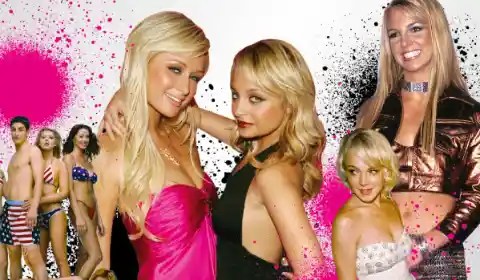
People most often connect this period in time with Paris Hilton, Britney Spears and Madonna!
25. The Rise of the “It Girl”
And so, women like Paris Hilton and Britney Spears set beauty trends with their low-rise jeans and slim figures.
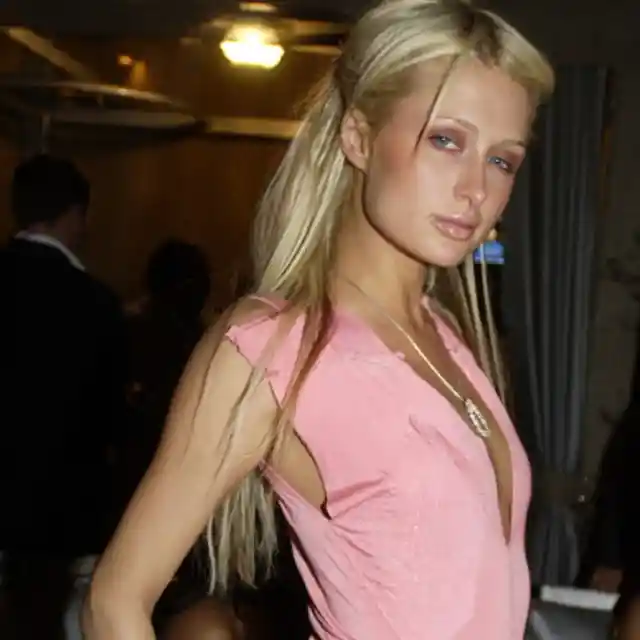
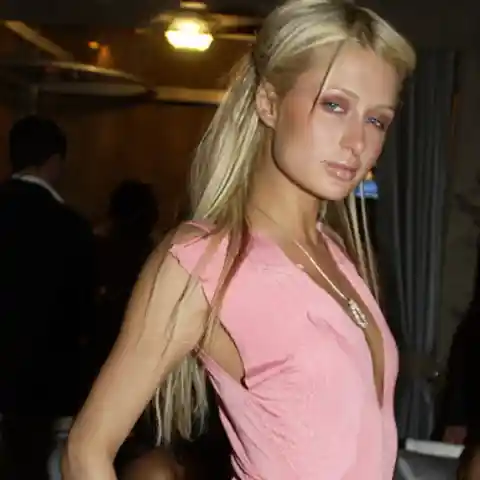
The focus was on being thin but toned.
26. 2010s – The Kardashian Curve
In the 2010's, social media and cosmetic enhancements popularized curvier bodies, especially small waists with large hips.
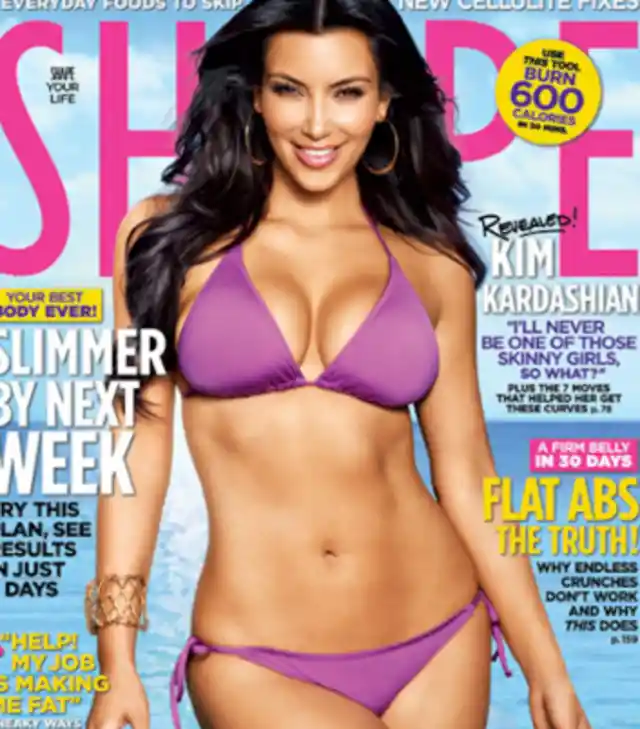
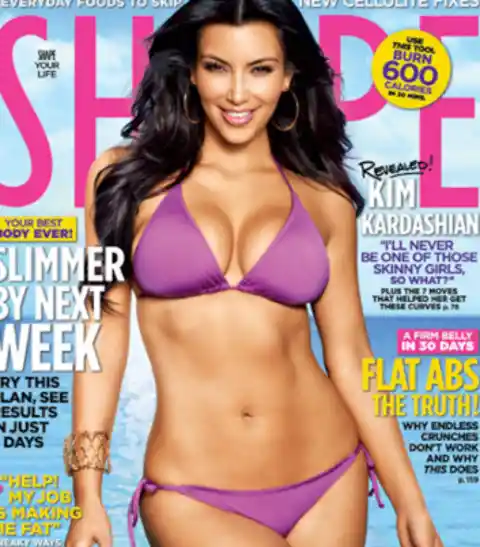
Filters and fillers shaped the new ideal.
27. Photoshop and Filters
Digital editing tools distorted beauty expectations. Reality became blurred, with perfection just a swipe or click away.
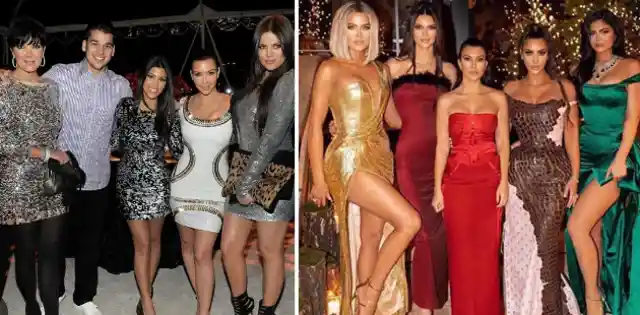
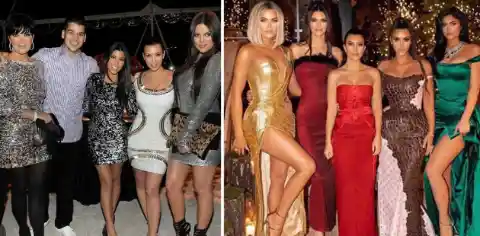
This was translated through the rise of Instagram, Pinterest and social media influencers.
28. Today – Diversity and Body Positivity
Today’s beauty culture encourages self-love and acceptance.
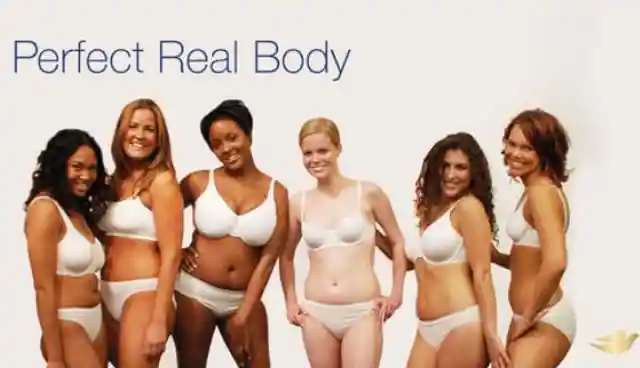
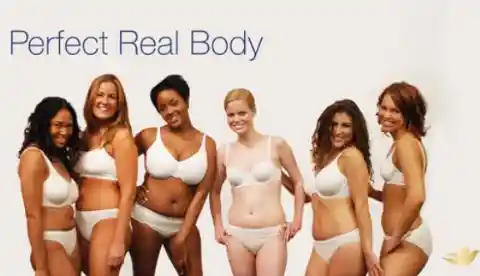
There’s more space for different body types, ethnicities, and identities than ever before.
29. What’s Next?
The future of beauty may lie in authenticity and empowerment.
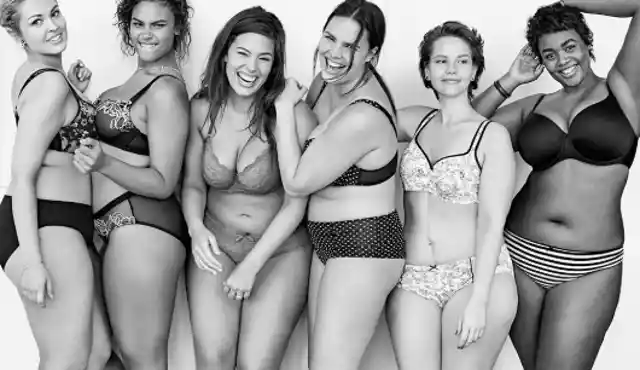
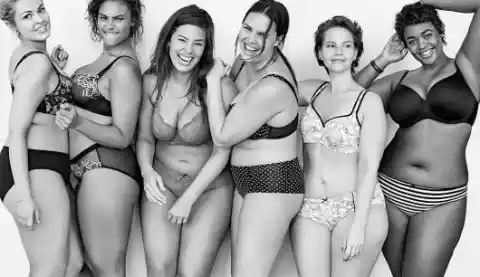
As voices grow louder against unrealistic standards, personal expression is becoming the new norm.
30. Final Thoughts?
The ideal female body is not a fixed concept — it evolves with time and culture.
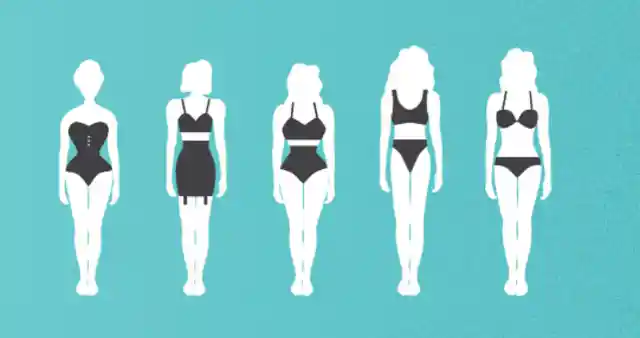
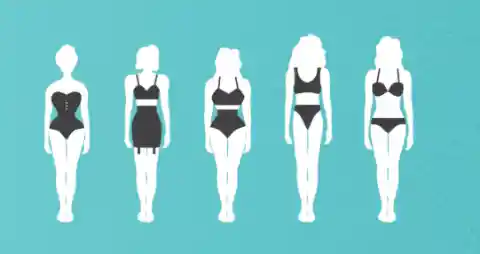
The power to define beauty is now, in this day and age, gradually returning to women themselves.